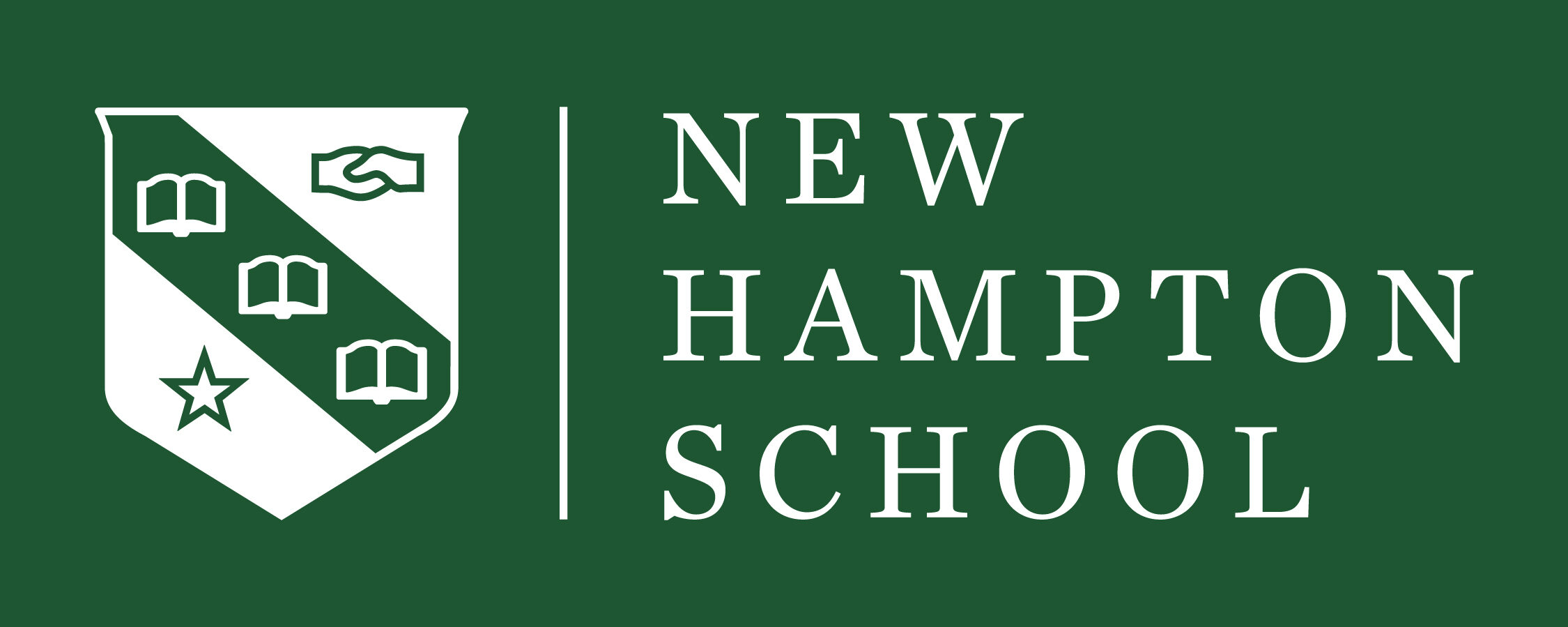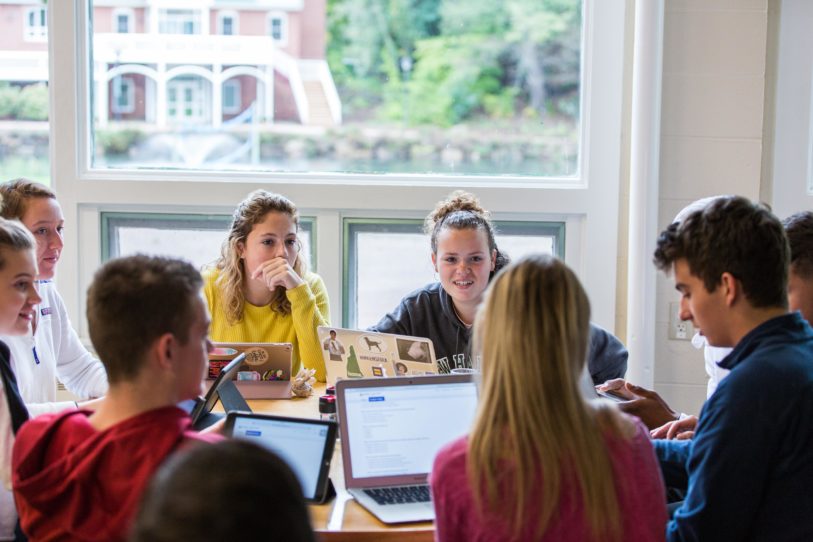Art can be an incredibly powerful tool for learning in the classroom. At today’s faculty meeting, Chair of the Visual and Performing Arts Amy Wilson and Chair of the History Department Meredith Brown shared strategies with the community for integrating the arts into their classrooms, and helping students make connections through this medium.
Benefits of Integrated Arts
The benefits of integrated art are found in a variety of ways. Whether it’s history, math, English, or a world language, art can be a gateway for student engagement with content, offering motivation and encouraging creativity. Students can benefit from the application of critical thinking skills encouraged through a hands-on, relevant or individualized project. Teachers can add assessment tools and new approaches to content through integrated arts.
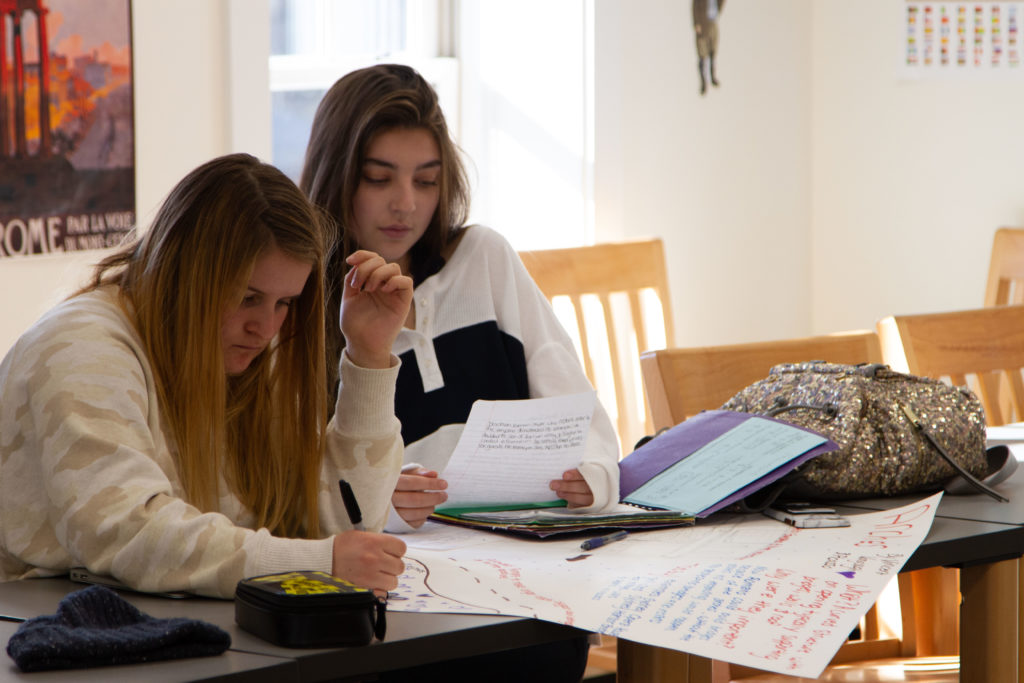
Art at Work
We’ve learned through survey data that many of our students feel they learn best through seeing and creating; as such, the arts are a wonderful way to enhance their classroom experience. Some of the ways faculty have put the arts to use to the benefit of their curriculum are by using film to explore a time period, using paintings to discuss authorial intent, examining religious symbols, evaluating propaganda, and listening to and singing songs in a target language.
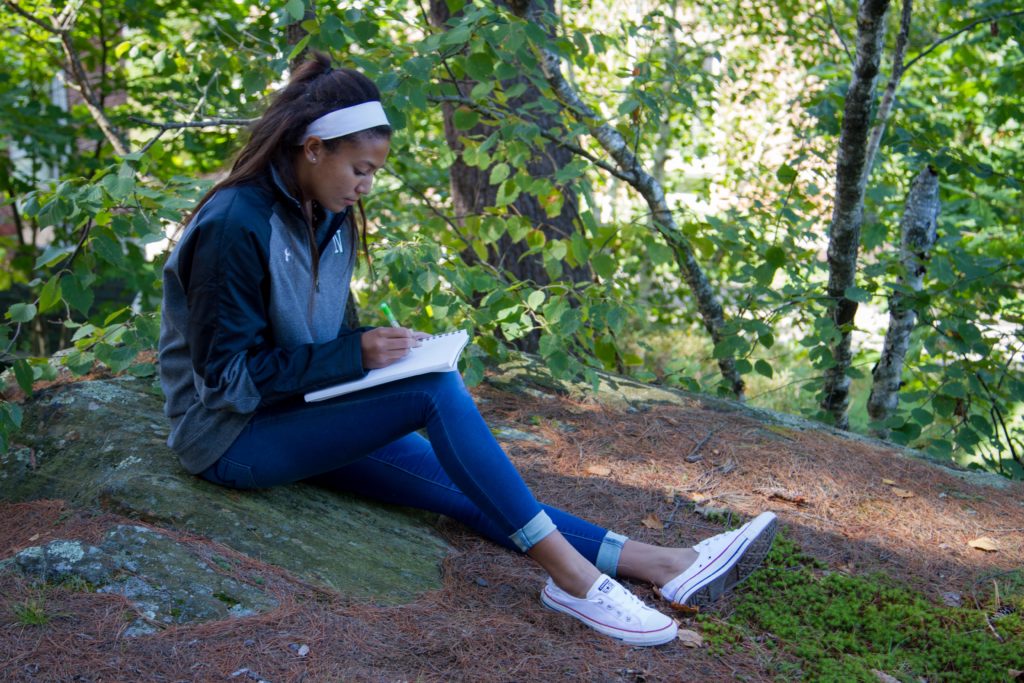
Art for Student Assessment
- In a recent biology class, Mrs. MacLeod’s students designed cells using an art form of their choice. This allowed students to gain a more intricate knowledge of cell construction, strengthen their understanding, and exercise their creativity.
- Mr. Jarvis’ math art class drew pictures, then used the Desmos app to map those images using mathematical functions.
- In Spanish Class with Ms. Walsh, students acted out skits using their target language. Students exercised their language skills through dialogue, which also encouraged them to process thoughts and more complex sentence structure in Spanish.
- In history, Mr. Saler asked students to recreate historical scenes through the creation of skits. Through acting and watching their peers, student memory of specific events was enhanced, as was their understanding of how those events impacted history.
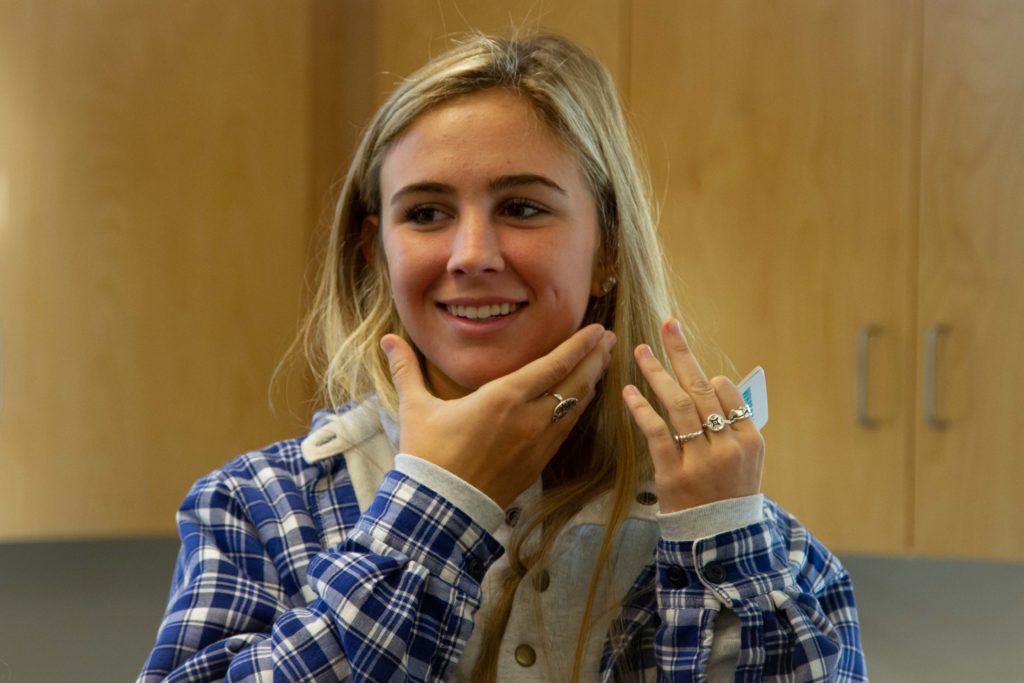
Creativity Not Talent
Arts Integration is not about artistic talent. Our school has a vibrant and experienced arts department whose focus is to teach artistic skills and help students expand their knowledge of the arts. We were reminded today that arts integration is about assessing content, building concept understanding, and using creativity in the classroom. New teaching strategies and varied approaches to learning enhance each student experience and we look forward to finding more ways to integrate the arts into classrooms at New Hampton School.
